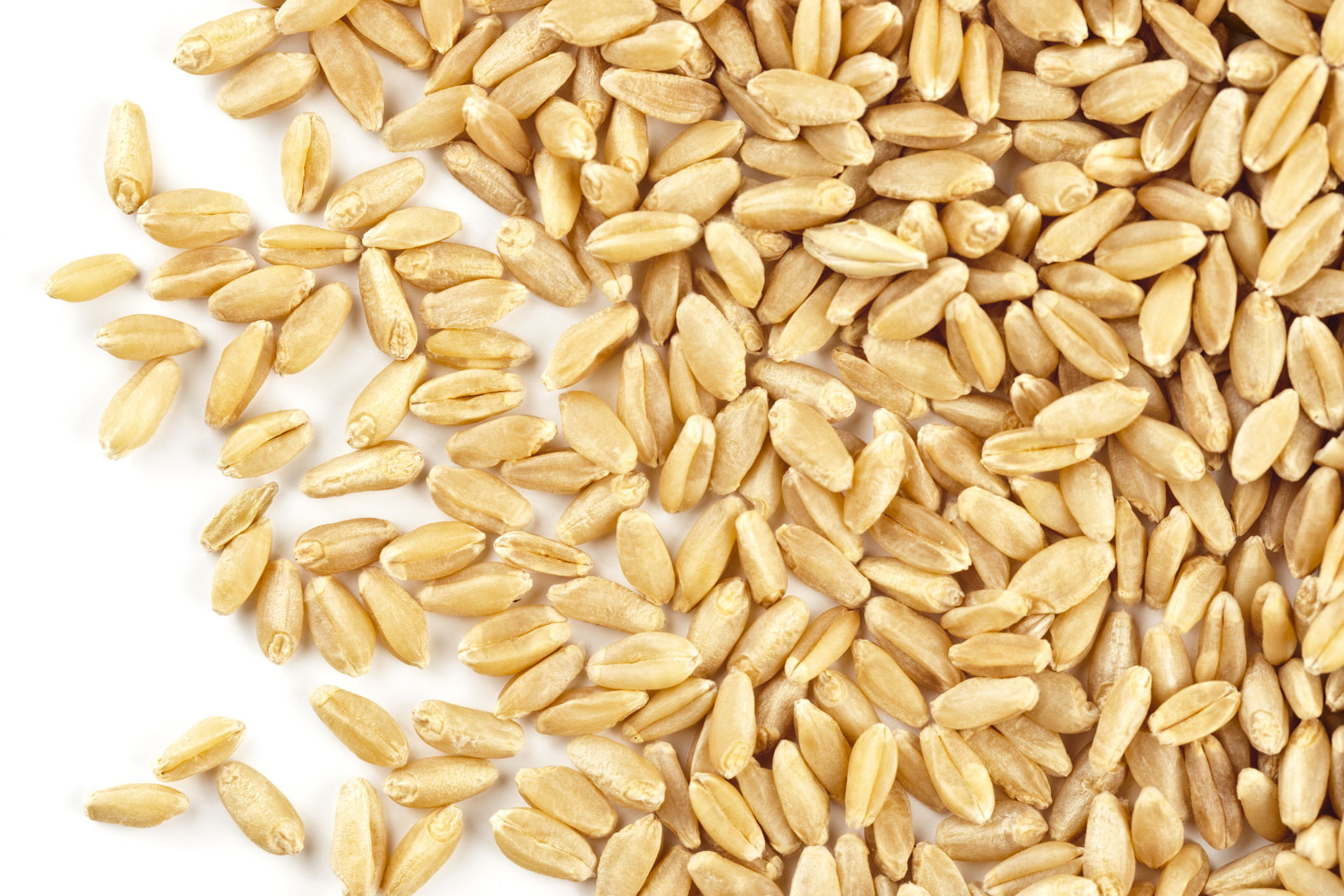What produces the small lactone mycotoxins?

The small lactone mycotoxins patulin, penicillic acid and moniliformin are components and are found in feed and food on a regular basis. But how many fungi species actually produce these toxins?
Patulin, penicillic acid and moniliformin are recognized, even though only patulin is under regulation (EC, 2003). They are all polar, acidic, secondary metabolites often produced in large amounts in foods and feeds, even though they differ in the niches their producers occupy: patulin is often associated with fruits and penicillic acid and moniliformin with cereals.
Penicillium and Aspergillus
In a new review paper, J.C. Frisvad from the Technical University in Denmark, it is stated that a very large number of filamentous fungi has been reported to produce these small lactone mycotoxins, but actually not all these species are confirmed. Confirmation of mycotoxin production by a species of a filamentous fungus requires that both the fungus and the mycotoxin are correctly identified. Furthermore, it should be verified that the fungus examined is a pure culture. Also the fungal strain producing the mycotoxins should
be available to the scientific community. In several cases the producing fungi were never accessioned in a culture collection, so the experiments could not be repeated and the identity of the fungal strain could not be verified or validated. Among a large number of Fusarium species reported to produce patulin and penicillic acid, only 29 and 48 species, respectively, have been reliably reported to produce them. The species producing them are mostly belonging to Penicillum and Aspergillus. Moniliformin is produced by 34 Fusarium species and by one species of Penicillium.
New list
The author writes that the revised lists of producers of these mycotoxins will aid in preventive mycotoxin work, but also help in de-selecting known producers of these antibiotic toxins, when screening for new antibiotics. The latter is of interest because some of these small lactone mycotoxins have antibacterial properties. Besides being toxic, patulin and penicillic acid were early on recognised as effective antibiotics and have later been show also to inhibit quorum sensing in bacteria.
Source: World Mycotoxin Journal











